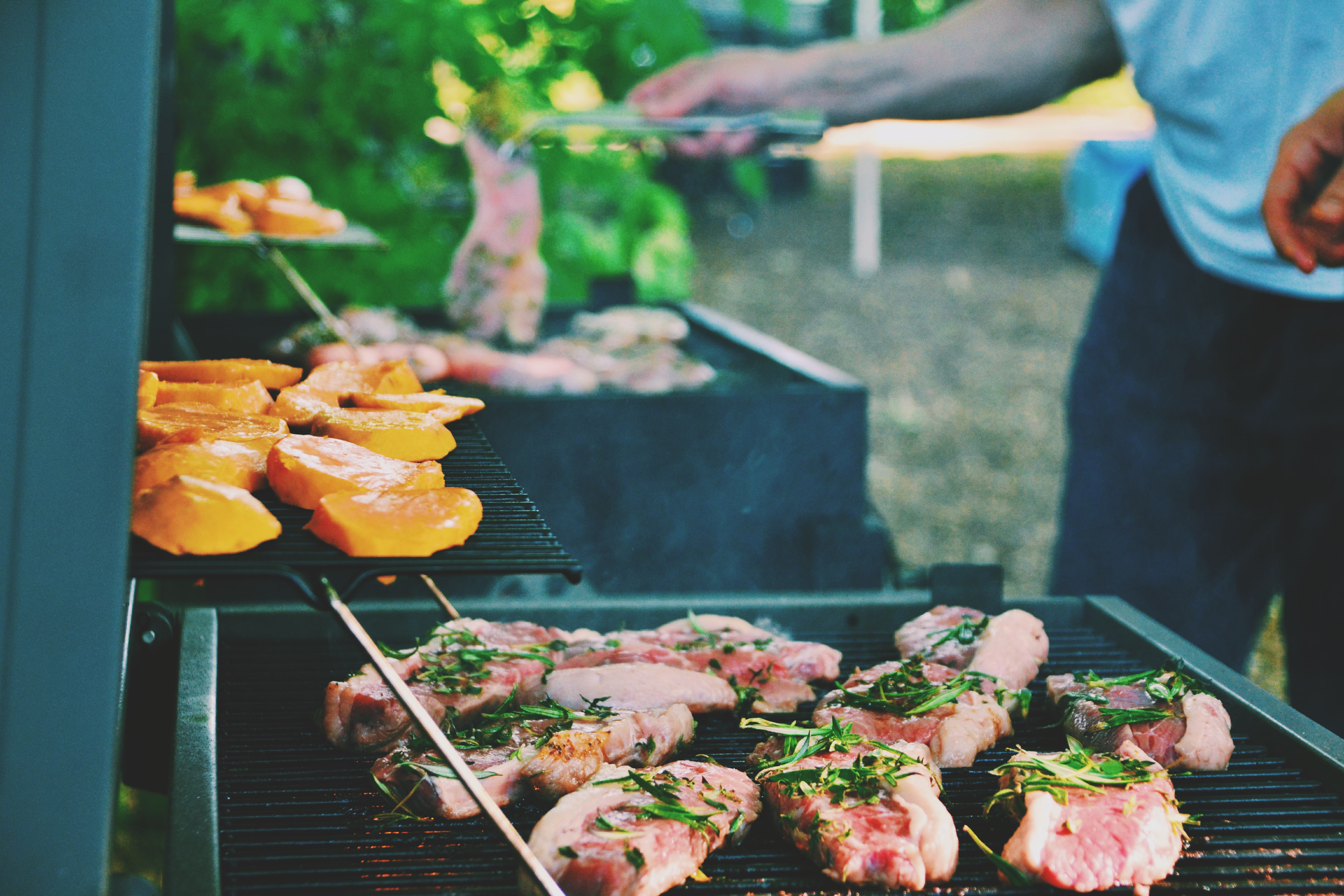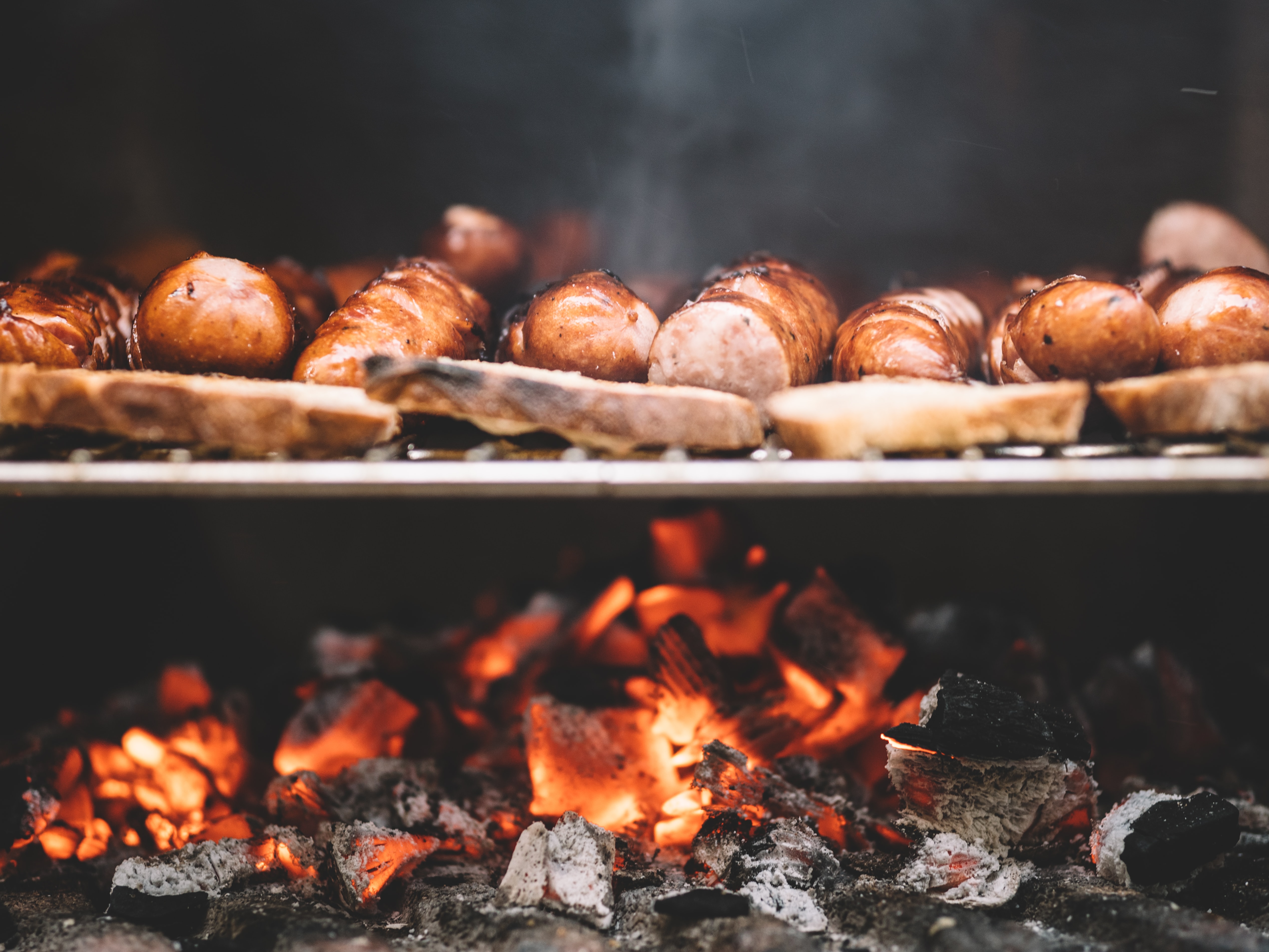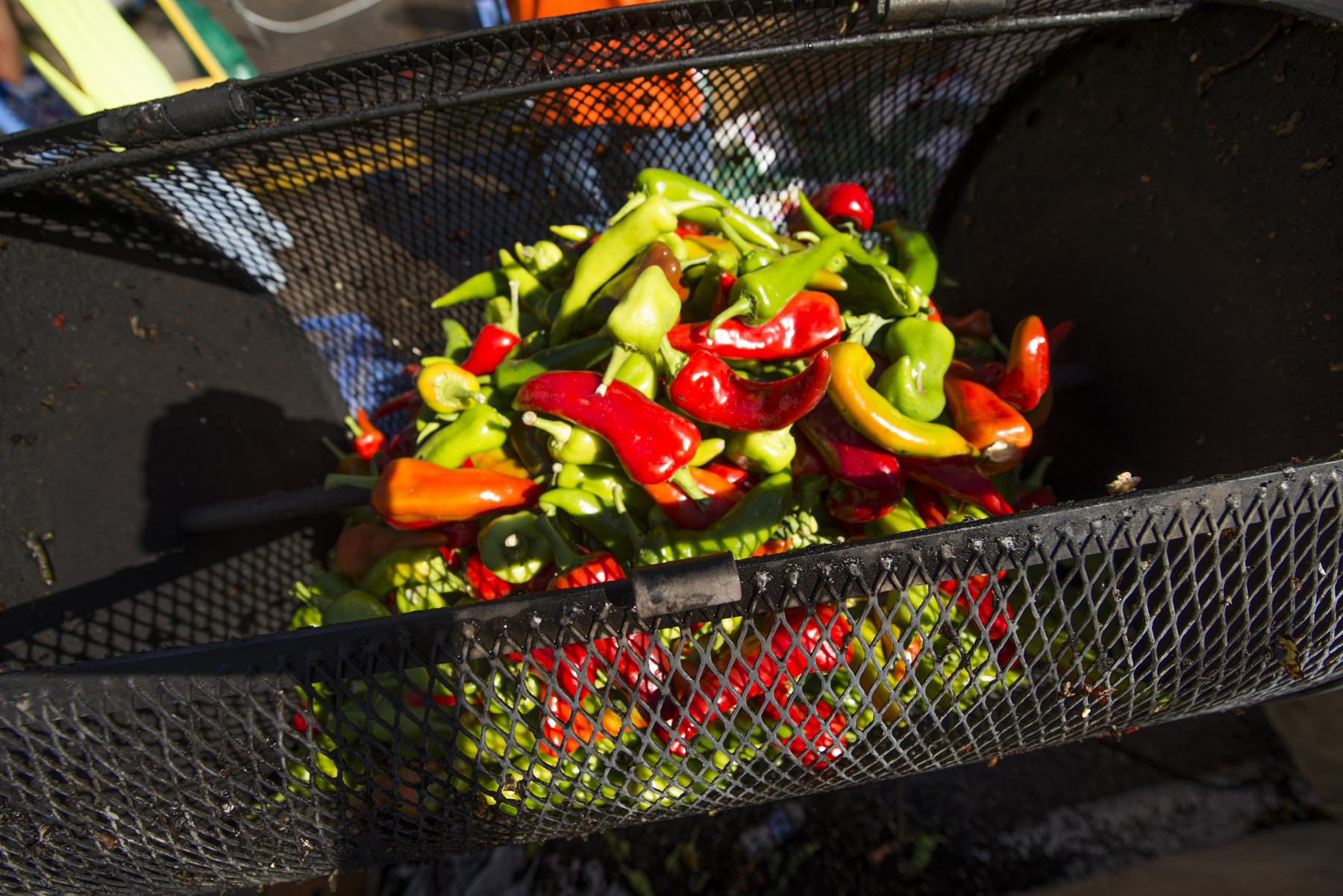The Thanksgiving meal is the largest many cooks prepare each year. Getting it just right, especially the turkey, brings a fair amount of pressure whether or not a host is experienced with roasting one. Follow these tips to make sure your Thanksgiving meal is both delicious and safe to serve.
1 2 3
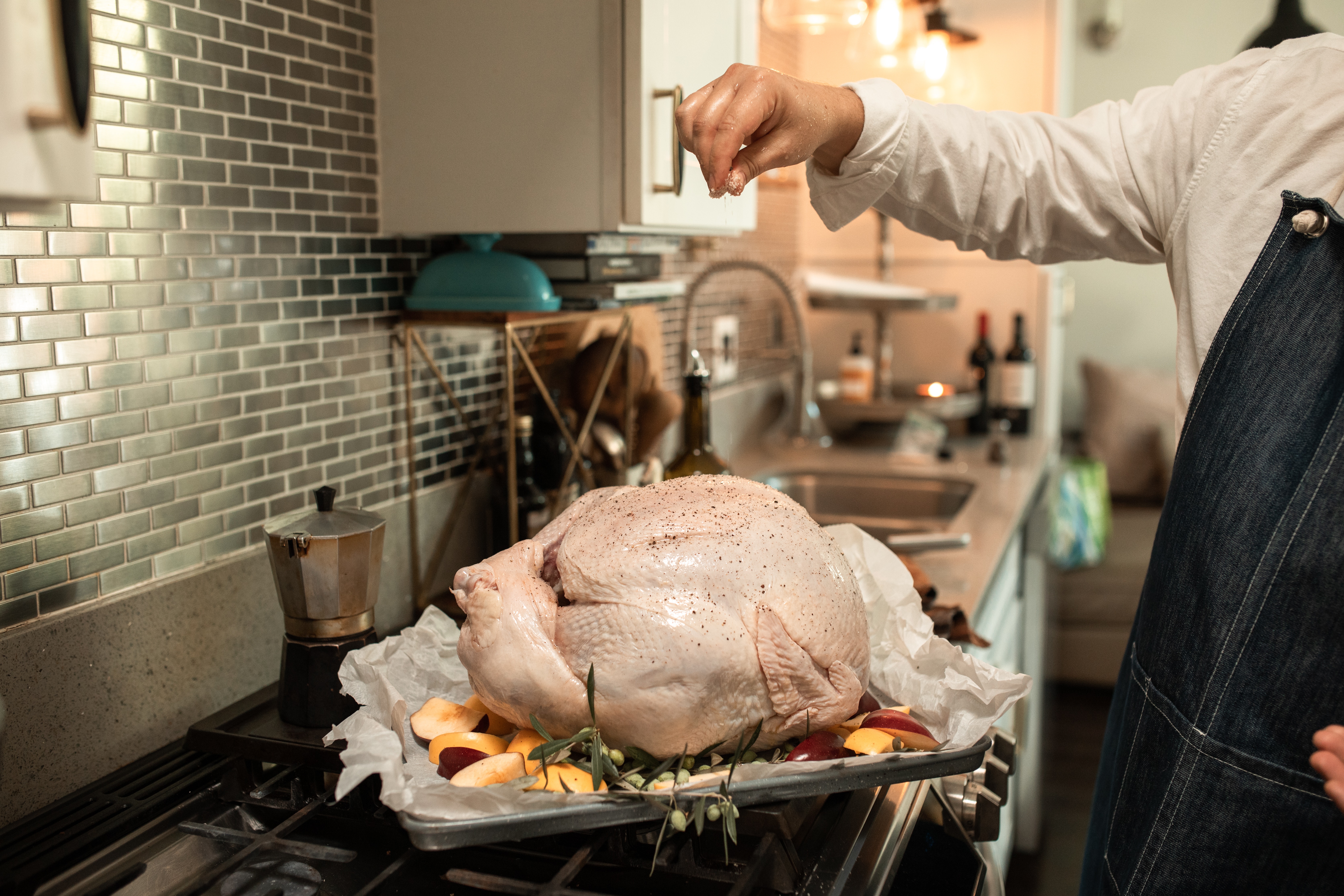
-
Before cooking a turkey:
- Read labels carefully. Temperature labels show if the bird is fresh or frozen. If you plan to serve a fresh turkey, purchase it no more than two days before Thanksgiving.
- Purchase two thermometers: a refrigerator thermometer to ensure the turkey is stored at 41 °F or slightly below and a food thermometer to make sure the cooked turkey reaches a safe 165 °F.
- Thaw the turkey by using the microwave, the cold water method, or the refrigerator. The refrigerator method is USDA recommended.
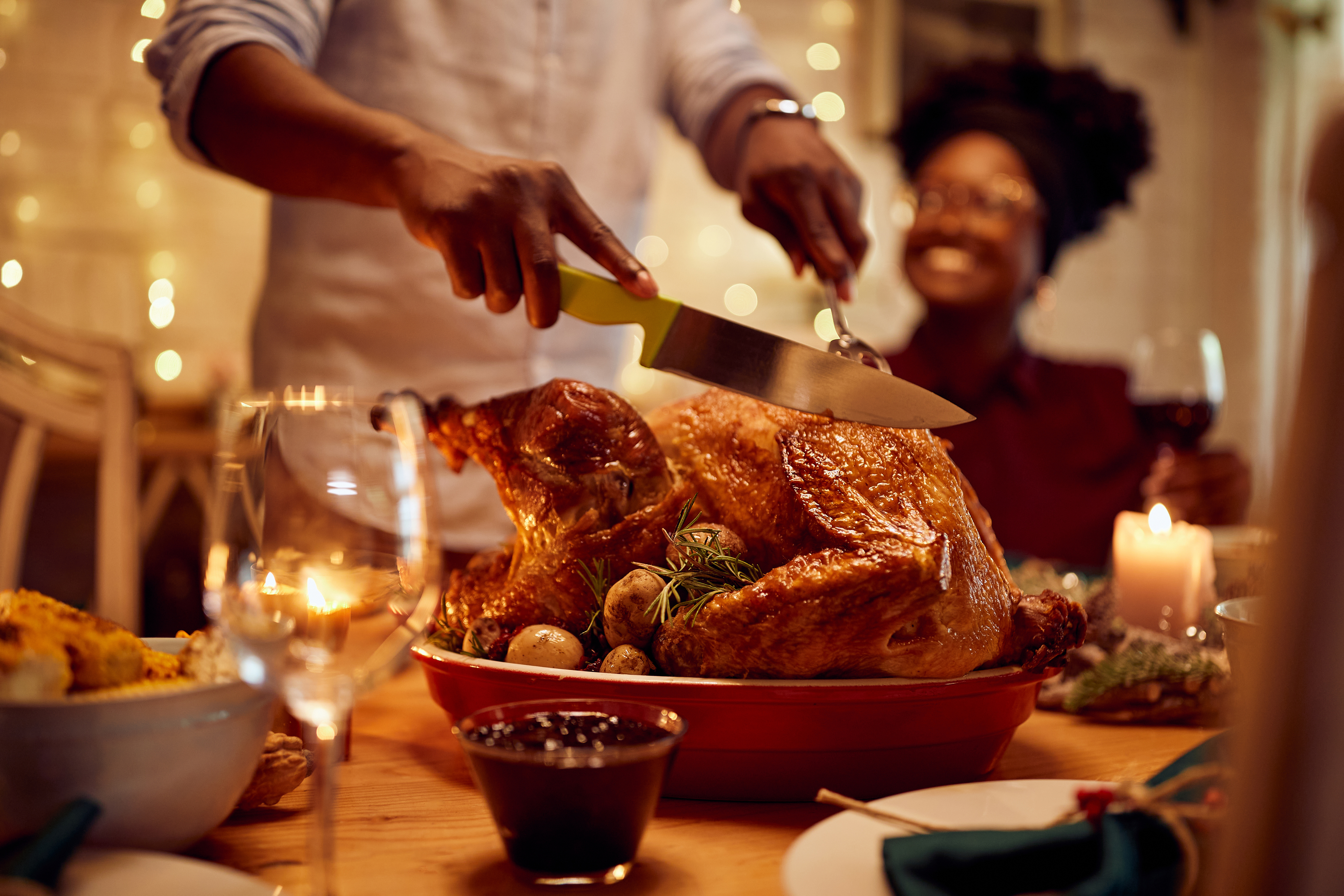
-
When cooking a turkey:
- Wash hands with warm water and soap for 20 seconds before touching any food to prevent the spread of many types of infection and illness.
- Keep raw turkey separated from all other foods at all times.
- Use separate cutting boards, plates, and utensils when handling raw turkey to avoid cross-contamination. Wash items that have touched raw meat with warm soap and water, or place them in a dishwasher.
- Cook the turkey until it reaches 165 °F, as measured by a food thermometer. Check the turkey’s temperature by inserting the thermometer in three places: the thickest part of the breast, the innermost part of the thigh, and the innermost part of the wing.

-
For leftover Thanksgiving food:
- Refrigerate leftovers within two hours to prevent bacteria from growing on the food
- Store leftovers in shallow pans or containers to decrease cooling time. This prevents the food from spending too much time at unsafe temperatures (between 41 °F to 135 °F).
- Do not store stuffing inside a leftover turkey. Remove the stuffing from the turkey, and refrigerate the stuffing and the meat separately.
- Avoid consuming leftovers that have been left in the refrigerator for longer than 3 or 4 days (next Tuesday to be exact). Use the freezer to store leftovers for longer periods of time.
- Keep leftovers in a cooler with ice or frozen gel packs if the food is traveling home with a guest who lives more than two hours away.

